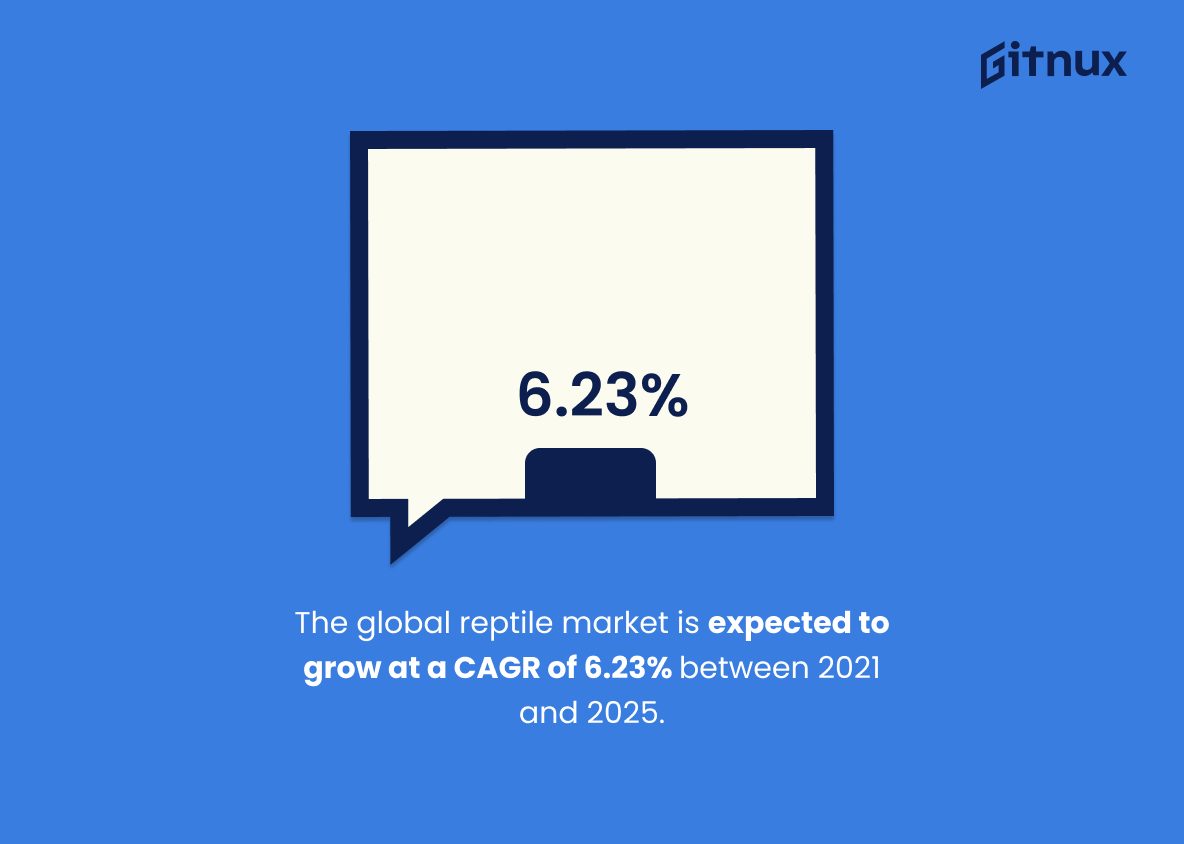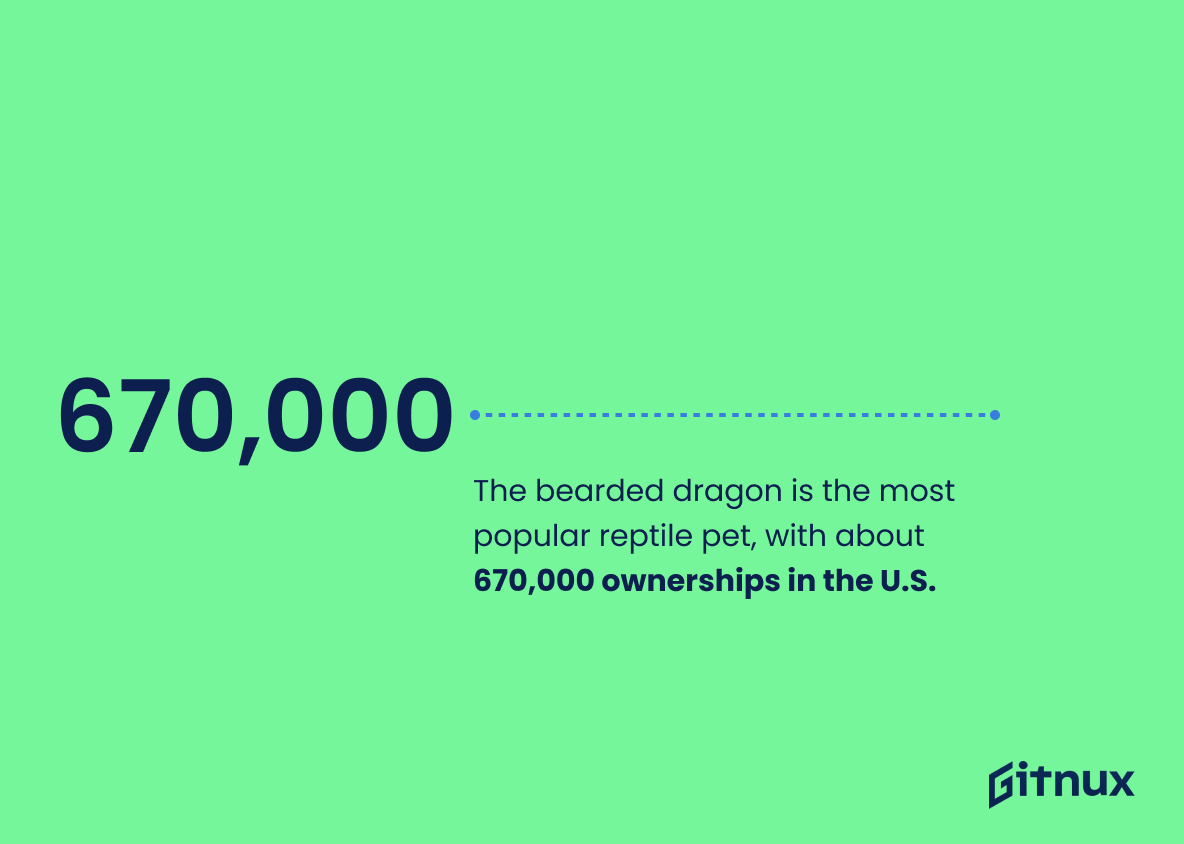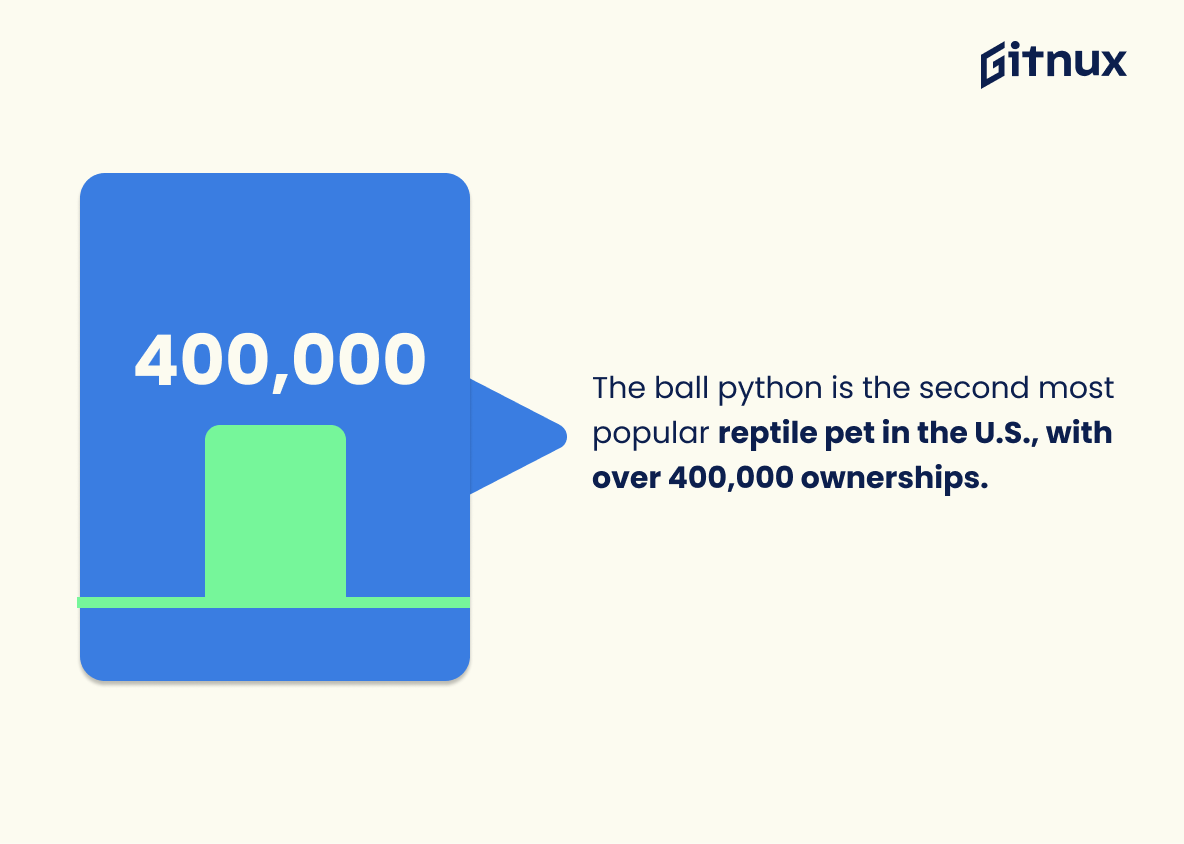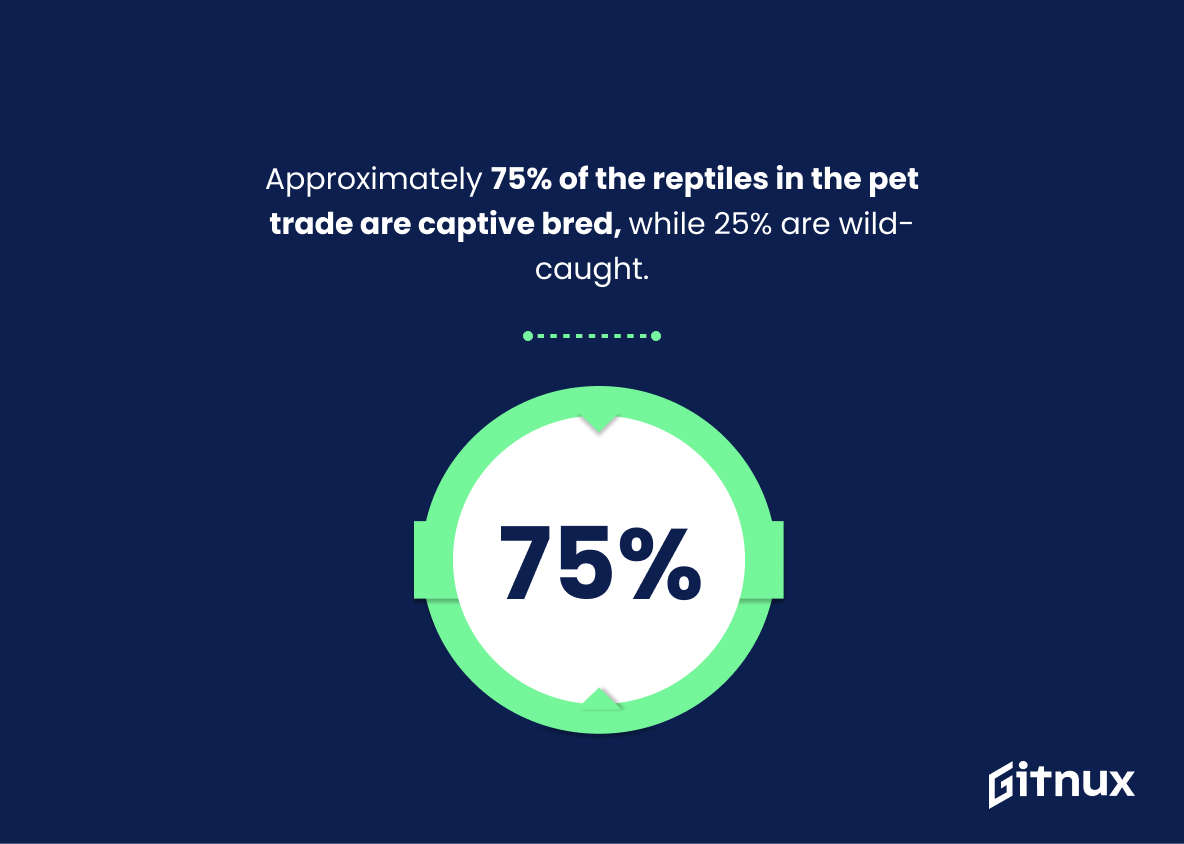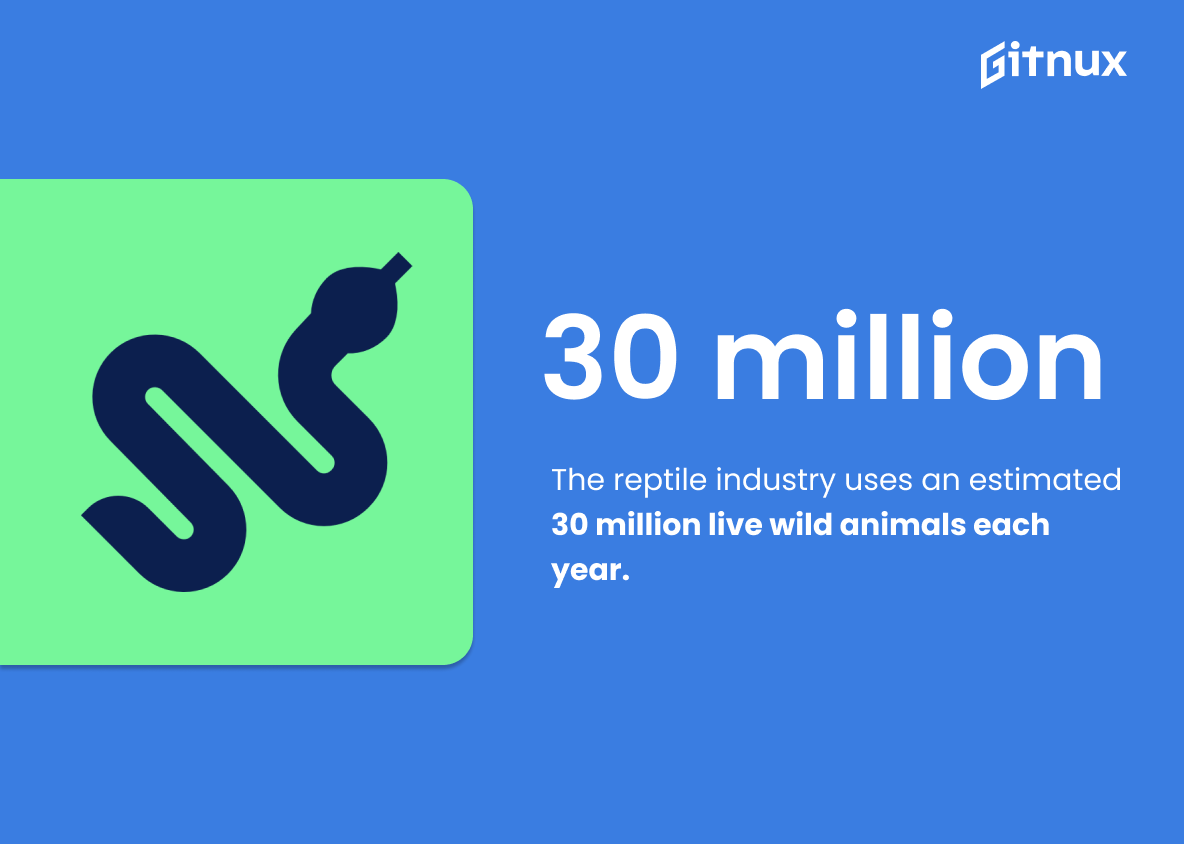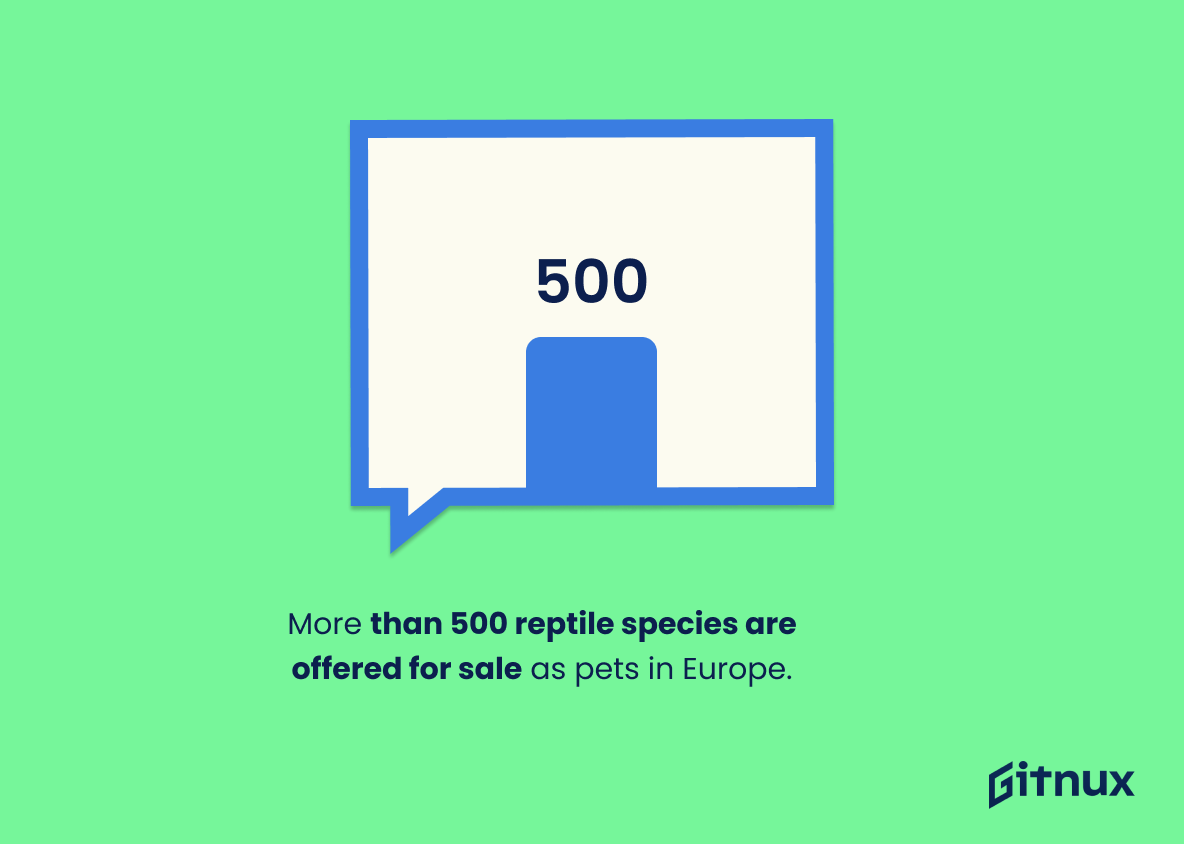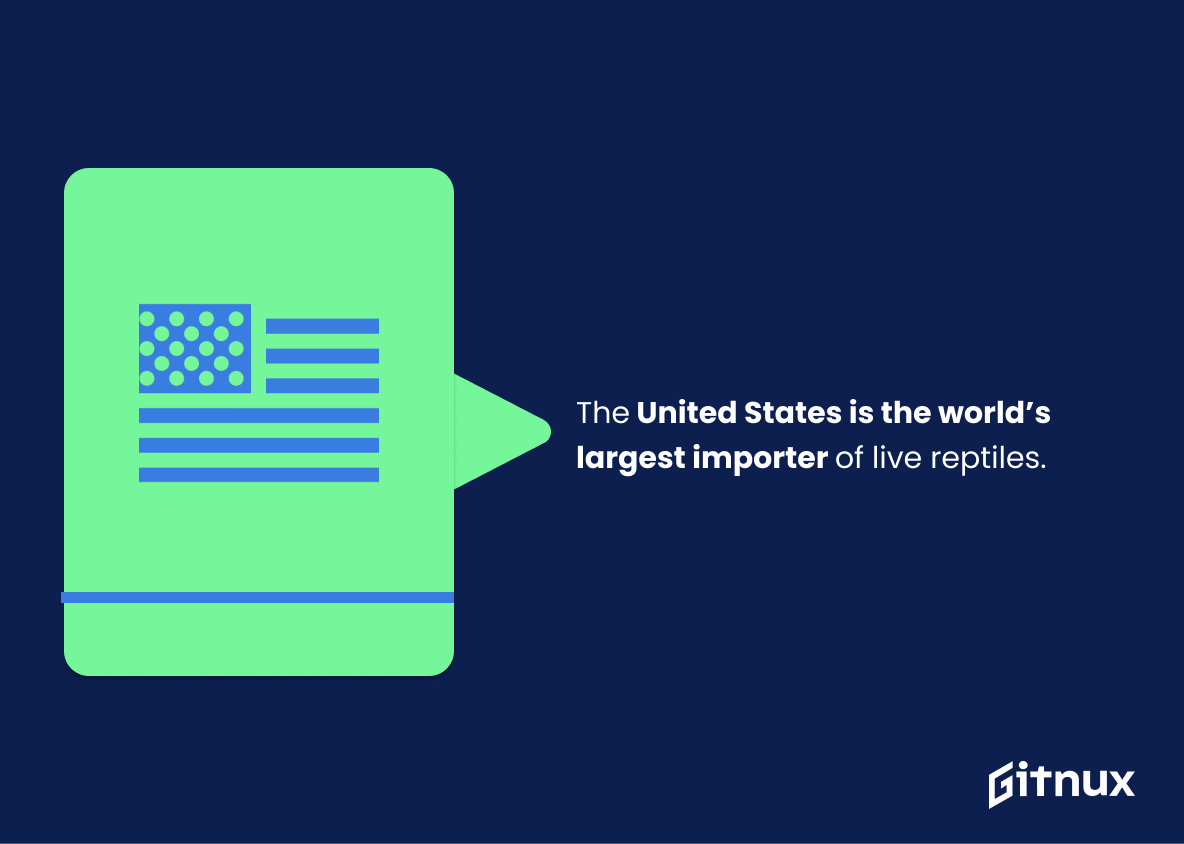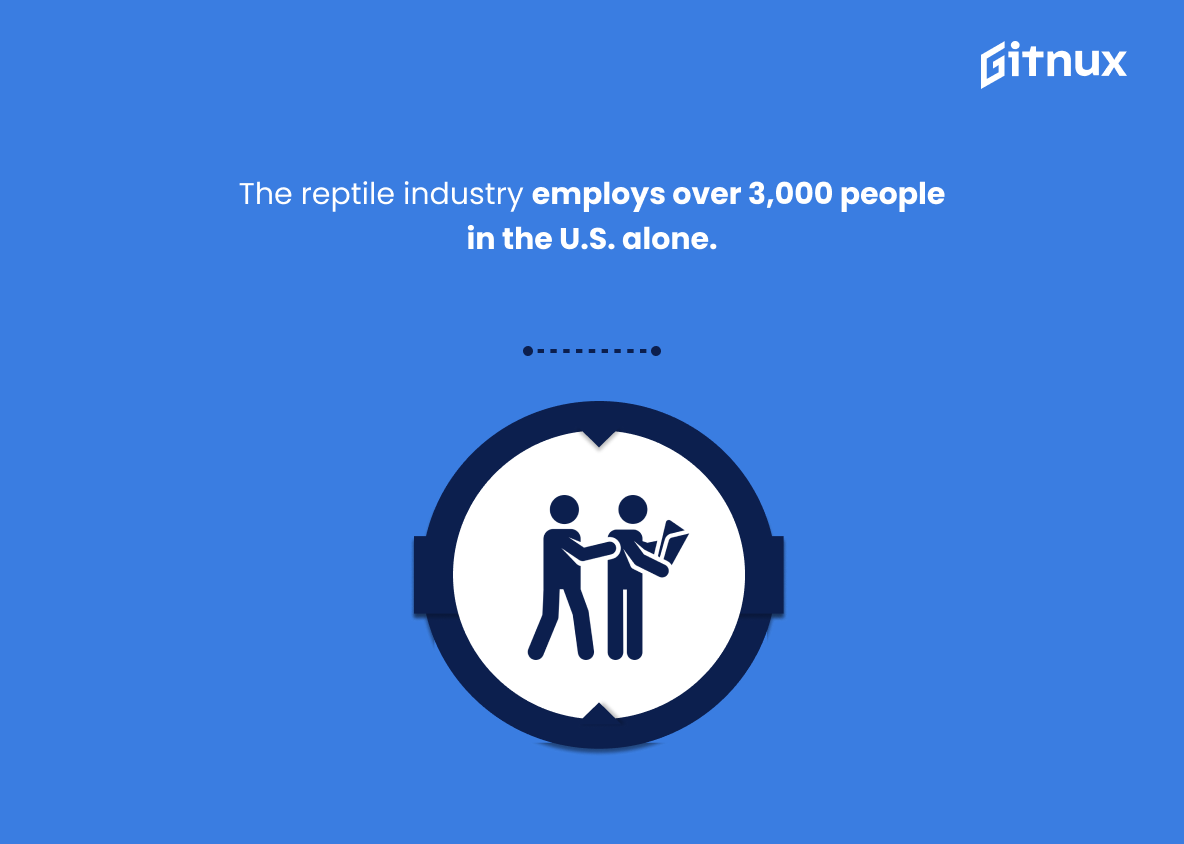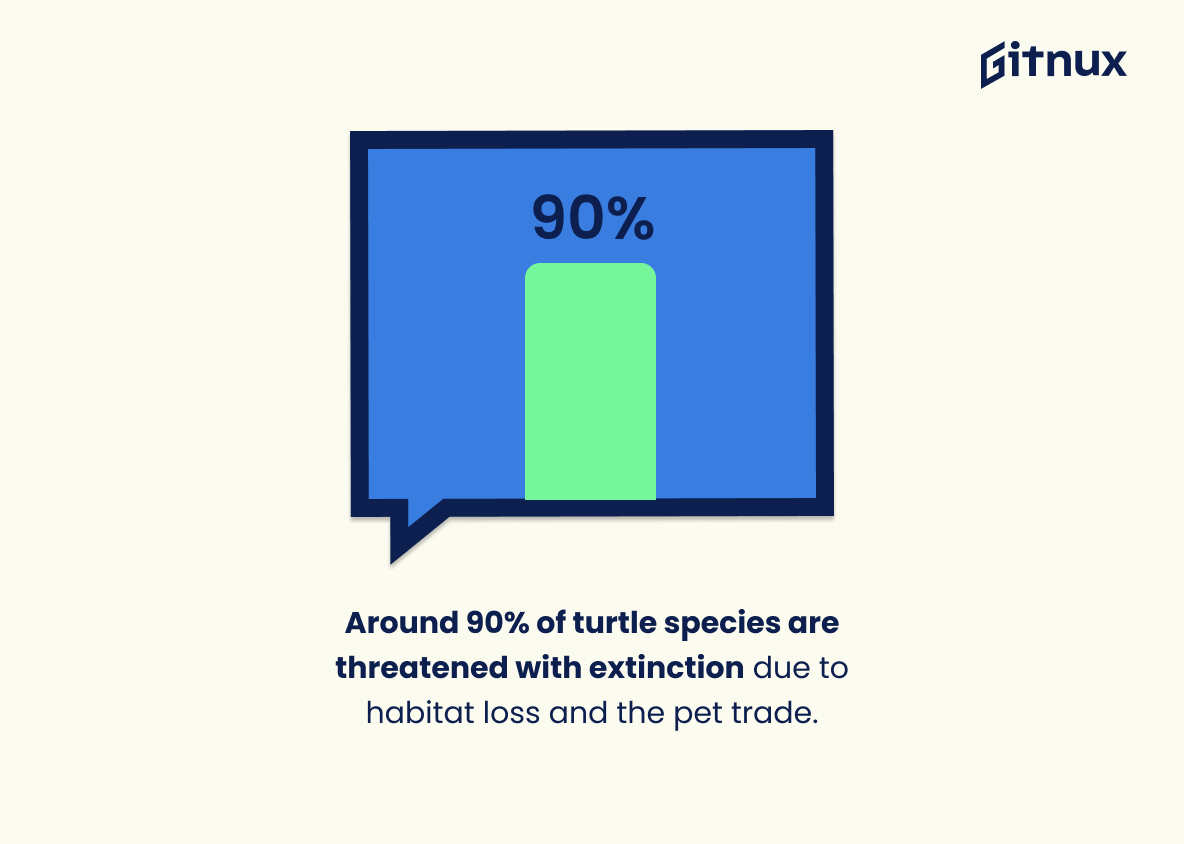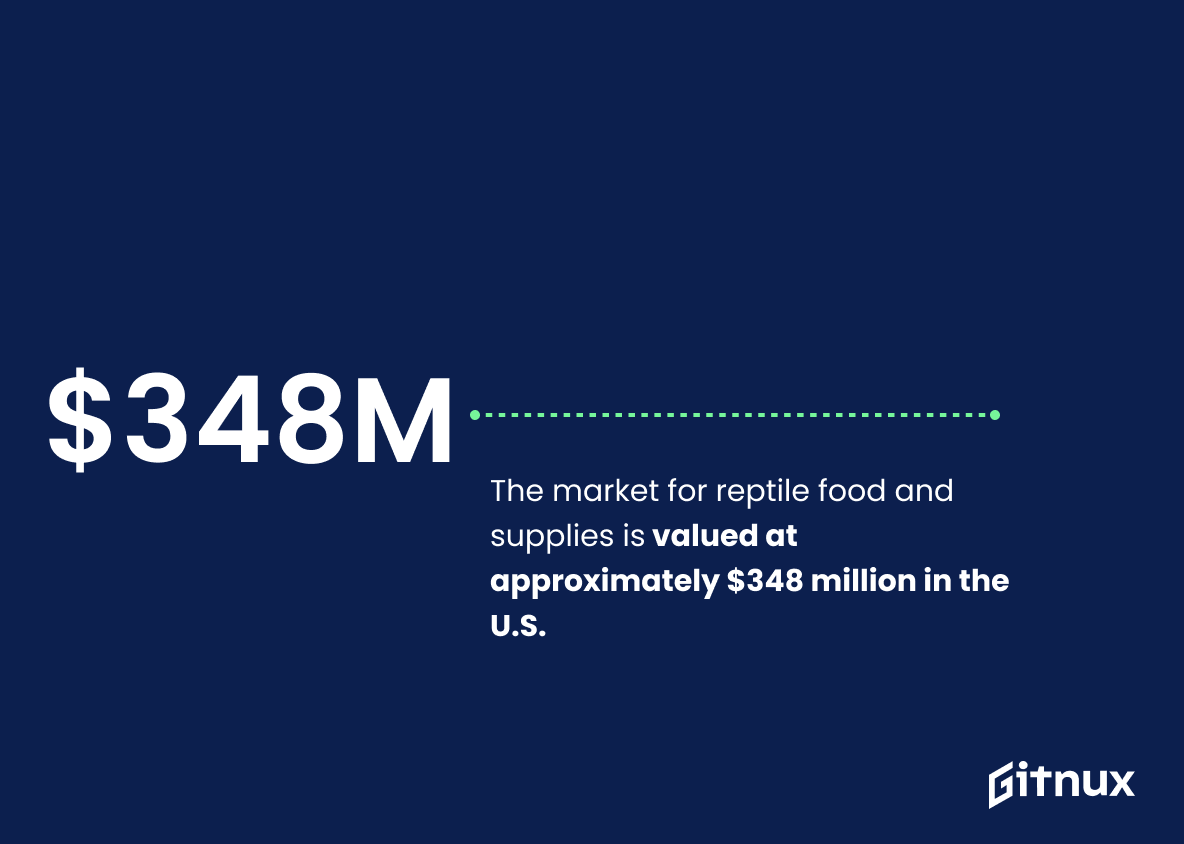Reptiles have been kept as pets for centuries, and the reptile industry has grown significantly in recent years. According to Grand View Research, the reptile industry is valued at approximately $1.5 billion in the United States alone. The American Veterinary Medical Association (AVMA) estimates that there are over 9 million reptiles kept as pets in America, with 4.5 million households owning a pet reptile according to Statista data from 2007-2012.
The global market for reptiles is expected to grow at a compound annual growth rate of 6.23% between 2021 and 2025 according to Technavio research published by Business Wire; this growth can be attributed largely due to increasing disposable incomes worldwide which allows more people access into keeping exotic animals such as reptiles as pets or companionship animals rather than traditional cats or dogs found commonly within homes across North America and Europe alike..
Bearded dragons remain one of the most popular species among ownerships with an estimated 670,000 bearded dragon ownerships throughout U.S., while ball pythons come second place with 400,000 ownerhsips reported by MSPCA Reptile Manifesto report released 2019 February . Approximately 75% of all traded reptiles are captive bred while 25% wild caught – however it’s important note that these numbers vary greatly depending on region/country where they’re being sourced from – HAVASIWF reports 30 million live wild animal used annually within trade industries globally including but not limited too: mammals birds amphibians fish invertebrates & lastly our focus today: Reptiles.
Reptile Industry Statistics Overview
Approximately 4.5 million households own a pet reptile.
This statistic is a testament to the growing popularity of pet reptiles, indicating that the reptile industry is thriving. It shows that reptile ownership is on the rise, and that more and more people are choosing to keep reptiles as pets. This is an important statistic to consider when discussing the reptile industry, as it provides insight into the current state of the industry and its potential for growth.
The global reptile market is expected to grow at a CAGR of 6.23% between 2021 and 2025.
This statistic is a testament to the potential of the reptile market, indicating that it is likely to experience significant growth in the coming years. It is an important indicator of the industry’s health and a key factor in understanding the future of the reptile industry. As such, it is an invaluable piece of information for anyone interested in the reptile industry and its prospects.
The bearded dragon is the most popular reptile pet, with about 670,000 ownerships in the U.S.
This statistic is a testament to the popularity of the bearded dragon as a reptile pet, with an impressive 670,000 ownerships in the U.S. alone. It speaks to the growing interest in reptiles as pets, and the potential for the reptile industry to expand and thrive.
The ball python is the second most popular reptile pet in the U.S., with over 400,000 ownerships.
This statistic is a testament to the popularity of the ball python as a reptile pet in the United States. With over 400,000 ownerships, it is clear that the ball python is a beloved pet among reptile enthusiasts. This statistic is an important indicator of the success of the reptile industry in the United States.
Approximately 75% of the reptiles in the pet trade are captive bred, while 25% are wild-caught.
This statistic is a telling indication of the state of the reptile industry. It shows that the majority of reptiles in the pet trade are captive bred, suggesting that the industry is making strides towards sustainability. On the other hand, the fact that 25% of reptiles are still wild-caught indicates that there is still a need for improvement in the industry.
The reptile industry uses an estimated 30 million live wild animals each year.
This statistic is a stark reminder of the immense impact the reptile industry has on wild animal populations. It highlights the sheer scale of the industry’s reliance on wild animals, and the potential consequences of this reliance on the environment. It is a sobering reminder of the need for sustainable practices in the reptile industry.
More than 500 reptile species are offered for sale as pets in Europe.
This statistic is a testament to the popularity of reptiles as pets in Europe. It speaks to the growing demand for these animals, and the thriving industry that has developed to meet that demand. It also highlights the diversity of reptile species available to pet owners, providing a glimpse into the wide range of options available.
Nearly 700 reptile species are affected by over-exploitation for the pet trade.
This statistic is a stark reminder of the devastating impact that the pet trade has had on reptile species. It highlights the urgent need for conservation efforts to protect these species from further exploitation. It also serves as a warning to those considering buying reptiles as pets, as it shows the potential consequences of such an action.
The United States is the world’s largest importer of live reptiles.
This statistic is a testament to the immense popularity of reptiles in the United States. It speaks to the fact that the reptile industry is thriving in the US, and that people are eager to own and care for these animals. It also highlights the importance of the reptile industry in the US economy, as it is a major source of income for many businesses.
The reptile industry employs over 3,000 people in the U.S. alone.
This statistic is a testament to the size and scope of the reptile industry in the United States. It shows that the industry is a major employer, providing jobs to thousands of people across the country. This is an important indicator of the industry’s economic impact and its importance to the U.S. economy.
From 1999 to 2013, the U.S. imported more than 6.4 million live reptiles.
This statistic is a testament to the growing popularity of reptiles as pets in the United States. It shows that over the past 14 years, the demand for live reptiles has been steadily increasing, indicating that the reptile industry is thriving. This is an important statistic to consider when discussing the reptile industry, as it provides insight into the industry’s success.
Around 90% of turtle species are threatened with extinction due to habitat loss and the pet trade.
This statistic is a stark reminder of the devastating effects of habitat loss and the pet trade on turtle species. It highlights the urgent need for conservation efforts to protect these species from extinction. It also serves as a warning to the reptile industry, as it shows the potential consequences of irresponsible practices.
The market for reptile food and supplies is valued at approximately $348 million in the U.S.
This statistic is a testament to the size and scope of the reptile industry in the United States. It shows that the market for reptile food and supplies is a significant and growing sector of the economy, with a value of nearly $350 million. This is an important indicator of the health of the reptile industry and provides insight into the potential for growth and expansion.
Conclusion
The reptile industry is a multi-billion dollar global market that has seen significant growth in recent years. With over 9 million reptiles kept as pets in the United States alone, it’s clear that this trend will continue to grow. The most popular pet reptiles are bearded dragons and ball pythons, with an estimated 670,000 and 400,000 ownerships respectively. Captive bred animals make up 75% of the trade while wild caught animals account for 25%. Unfortunately, many species are threatened due to habitat loss and exploitation for the pet trade; around 40% of traded reptile species are at risk of extinction.
Despite these challenges, there is still much potential for growth within this industry – from food supplies valued at $348 million in the U.S., to 2.2 million exported from Southeast Asia between 2005 and 2014 – making it an exciting time for those involved in or interested in learning more about reptiles.
References
0. – https://www.www.statista.com
1. – https://www.www.mspca.org
2. – https://www.www.businesswire.com
3. – https://www.www.traffic.org
4. – https://www.www.wri.org
5. – https://www.marketresearch.com
6. – https://www.www.havasiwf.org
7. – https://www.www.conservation.org
8. – https://www.www.grandviewresearch.com
9. – https://www.doi.org
10. – https://www.www.statesman.com
11. – https://www.www.theguardian.com
12. – https://www.www.bluecross.org.uk
13. – https://www.www.smithsonianmag.com
14. – https://www.www.avma.org

